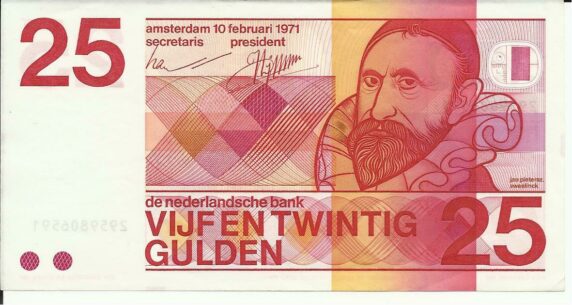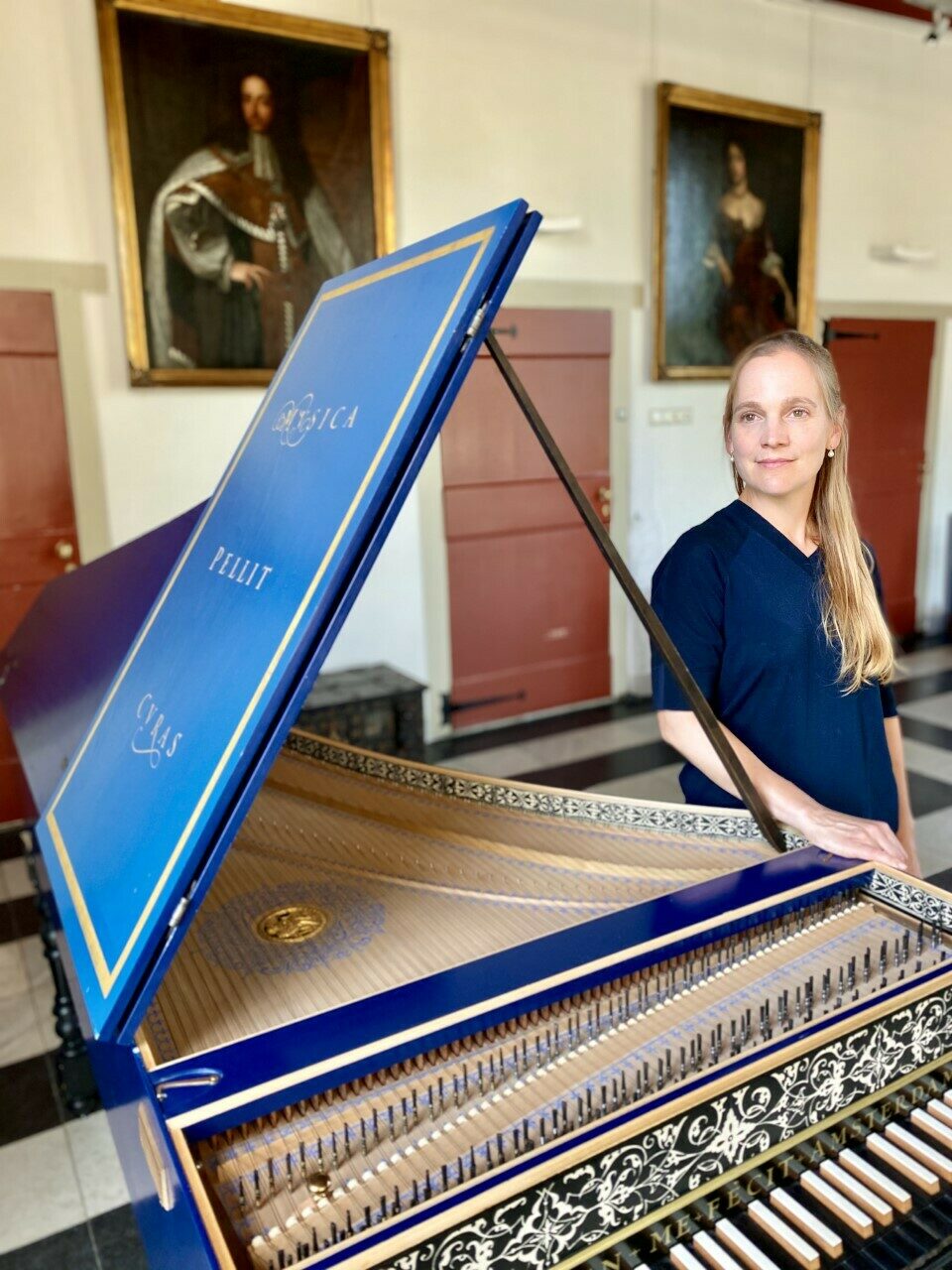Every city in the Netherlands named a street after him and for many years, his portrait featured the twenty-five-guilder bill; Jan Pieterszoon Sweelinck is omnipresent and yet, the music of the renaissance composer who launched the beginning of the Baroque era remains largely unknown to the broader public.

Four-hundred years ago, on October 16th 1621, Sweelinck passed away in Amsterdam. What remains of him are many portraits and sketches made by his brother, his compositions and most importantly his students, who continued to develop his ideas and knowledge and carried them on to their students, so that Sweelinck became widely known in the Europe of the 17th and 18th Century. Together with our Head of Master Research, Dr. Kathryn Cok, we will dive into the world of Sweelinck and explore the upcoming Sweelinck Day and Festival 2021.
Kathryn showed her musical talent and interest early on by studying the viola and the piano as a child. One day, her father brought home a small spinet, and Kathryn immediately fell in love with the sound of the historical instrument. From this moment on she was drawn into the world Early Music.
Starting to play on an historical instrument also raised new questions: How did musicians play 400 years ago? What kind of approaches and techniques did they use compared to what students learn today? Or, how did Sweelinck intended his compositions to sound like?
Kathryn Cok plays Sweelinck's Almande Gratie at Kasteel Groeneveld
This and many more questions, Kathryn is trying to answer in her research. After completing her studies in the US, she decided to come to The Hague to deepen her knowledge and furthering her research of European Early Music by obtaining a Master’s Degree at the Royal Conservatoire and a PhD at Leiden University. Finding the right fingering and techniques in order to bring out the poetry and beauty of Early Music pieces is what gets her energized. Even after more than 20 years of research, she still inspires students and colleagues with her enthusiasm for Early Music.

Wonderful for us, a manuscript survives with music of Sweelinck transcribed by his pupil Martin Düben, compiled during or before 1620. Known as the source "Lynar A1", it contains fingerings which we can connect directly back to Sweelinck. Could these be directly from the teacher standing next to his pupil explaining him how to play a certain passage? Fingerings give us a good idea on how a passage was phrased and articulated and how a performer intended to interpret a certain composition. How fluent is the passage? Keyboard players for instance would always use their strong fingers for the dominant notes, and play the less important notes with a weaker finger if needed.
Sweelinck Day and Festival in The Hague and Amsterdam
On the 400th anniversary of his death, October 16th 2021, the Sweelinck Festival will be officially opened. A week full of concerts, lectures and workshops dedicated to the Dutch composer is awaiting you in Amsterdam and The Hague. More information
In the morning, Kathryn Cok together with her colleague Simon Groot will dive into the world of Sweelinck at the Royal Conservatoire:
Programme
10.00 – 11.00h
Simon Groot: Early Basso Continuo, the case of Sweelinck's Cantiones sacrae (Antwerp 1619)
11.30 – 12.30h
Kathryn Cok: Eloquent Fingers, Indications and implications of fingering in Sweelinck’s keyboard music
In the evening, we will welcome you at the Paleiskerk, The Hague, where students of our Early Music Department will perform works of Sweelinck and his students.
Programme
6pm: Concert Royal Early Music, vocal and instrumental music of Sweelinck and composers of his time
Coach: Harry van Berne
8pm: Organ concert on the Monteverdi-organ with students of the Royal Conservatoire, Sweelinck in context.
Coach: Pieter Dirksen
Are you now curious to learn more about Sweelinck? You can find more information in the Sweelinck Magazine. Kathryn Cok, Simon Groot, Ton Koopman and many more wrote interesting articles about his work, his life and his students. The result is an insightful magazine with many interesting articles, portraits and sketches of Sweelinck. You can order the magazine here.
